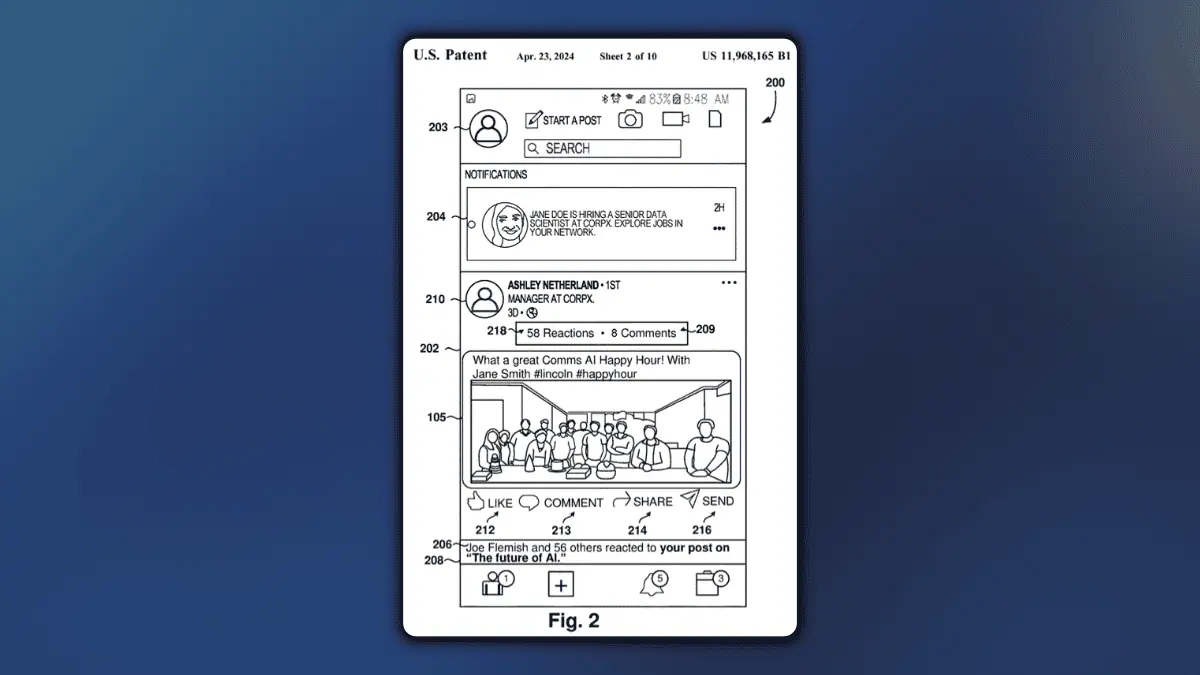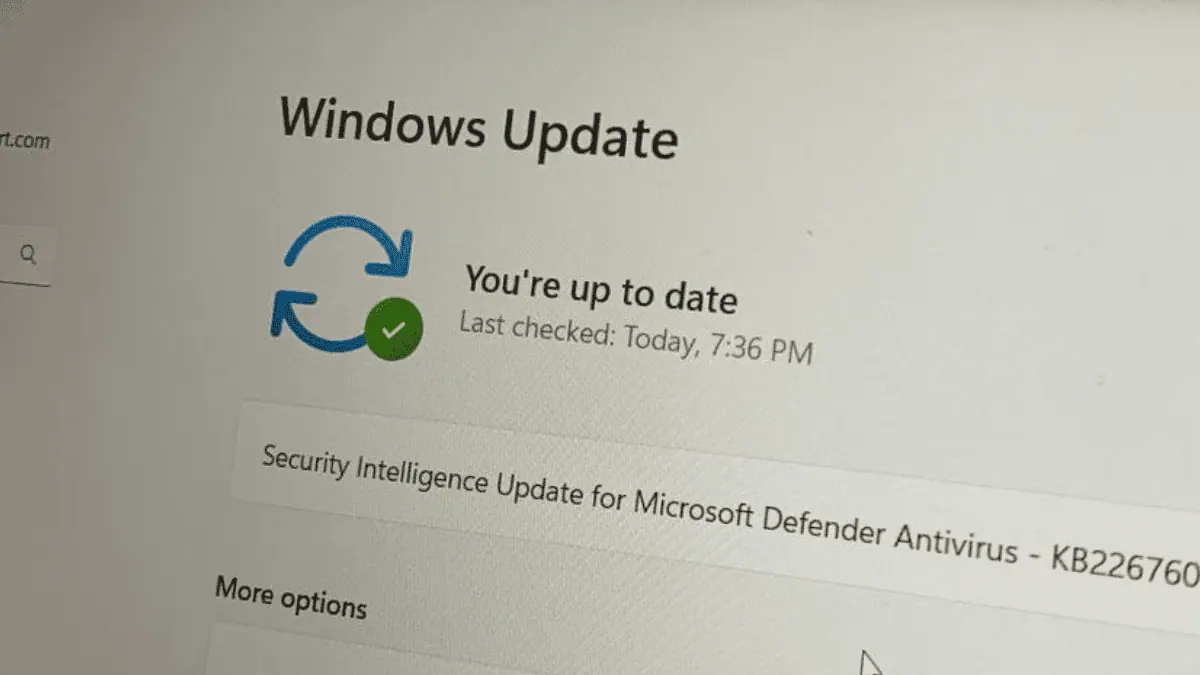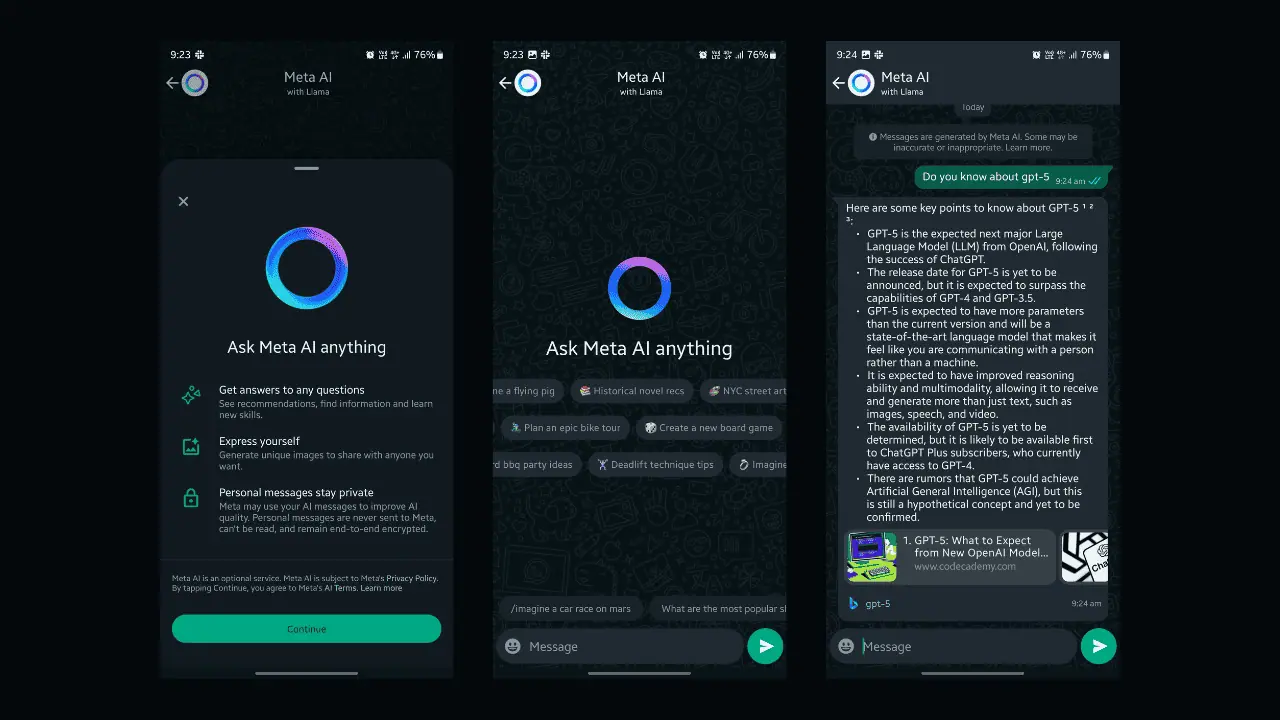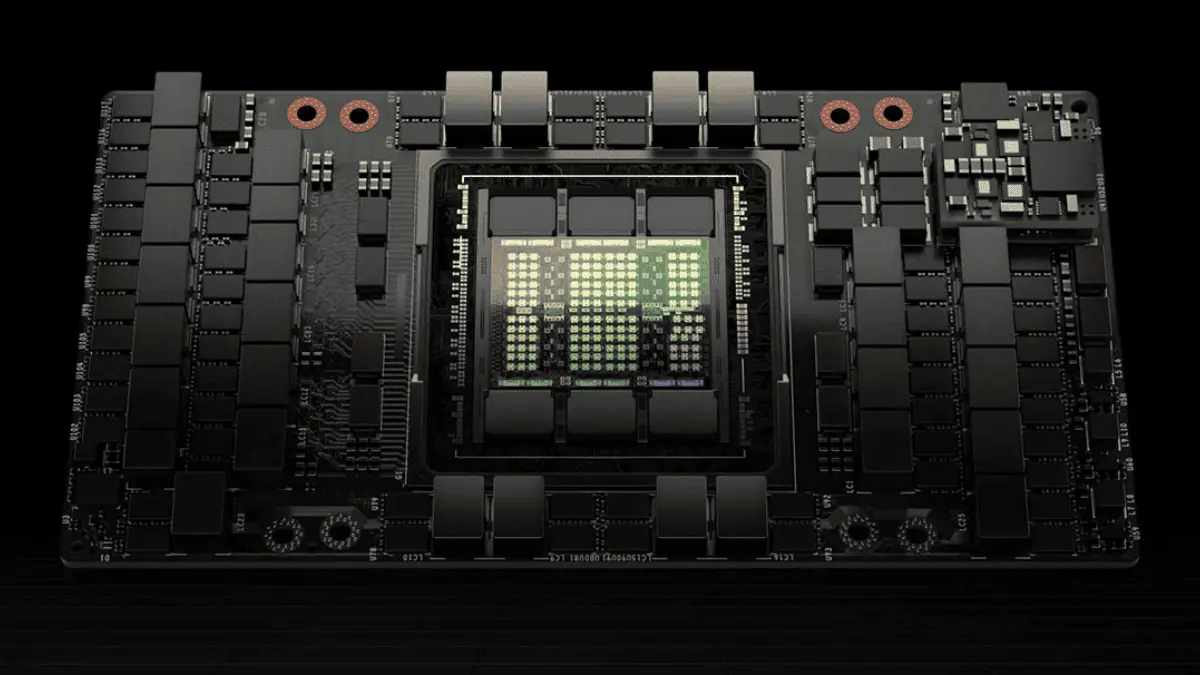Hololens 2.0 may ditch Intel for ARM processor
2 min. read
Published on
Read our disclosure page to find out how can you help MSPoweruser sustain the editorial team Read more

Competition for the Microsoft Hololens is finally close to reaching the market, with the Magic Leap’s headset expected to reach virtual shelves later this year.
This seems to have prompted the company to finally get around to releasing version 2 of the headset, according to a leak via the WC.
According to their sources, the headset will use Microsoft’s Always-Connected PC platform, with an ARM processor with LTE modem, have longer battery life and greater autonomy, and would also have an increased field of view.
It will also feature Microsoft’s updated AI co-processor, the earlier announced Holographic Processing Unit (HPU), for on-device image processing and other AI features. Alex Kipman had earlier said the new Holographic Processing Unit will natively and flexibly implement Deep Neural Networks on the device itself, saying the artificial intelligence will deliver “superpowers over space and time” and allow Microsoft to “build experiences where people, places and things become independent of their physical location and can interact with their digital counterparts.”
The whole device, codenamed Sydney, will run a special version of Windows 10 code-named Oasis, and will be powered by CShell.
The device is rumoured for a 2018 release, but this may still slip to 2019.
Of course, as a Windows device in an increasingly cloud-focused company, it remains to be seen if Microsoft will throw their weight behind the headset or let it languish in the market, much like HoloLens 1.0 has been so far.
Via the WC








